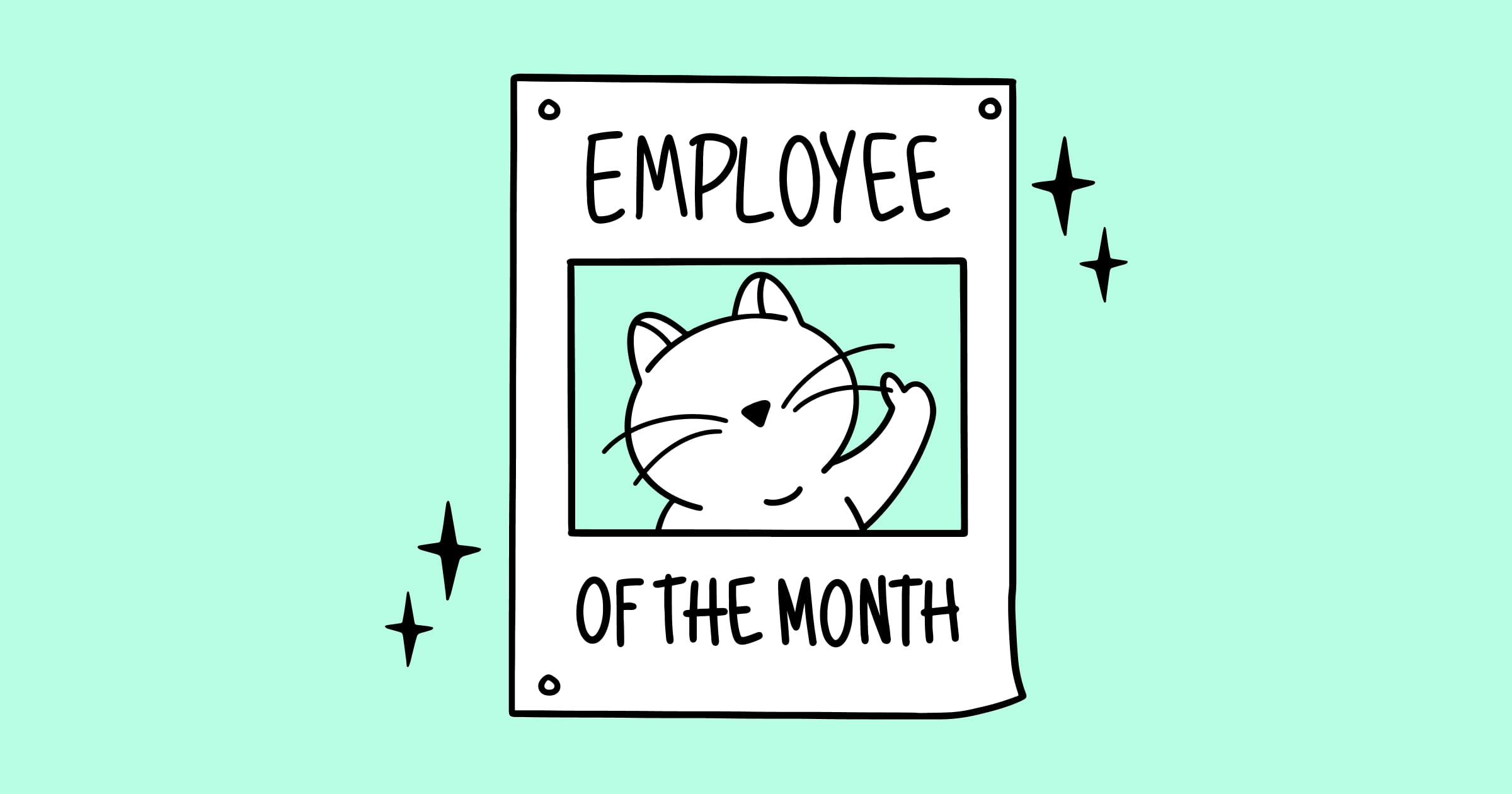March 18, 2025

Follow this step-by-step guide to implement competency mapping for performance management, from defining objectives to conducting competency-based reviews and developing targeted training programs.
Today, technological advancements and fiercely competitive markets demand that businesses stay ahead by ensuring their workforce is equipped with both current and future-ready skills. Organisations across the globe have recognized that mastering skills management is the key to thriving in this environment. This realisation has sparked a widespread shift towards a skills-based approach, transforming how companies prepare for the challenges of tomorrow.
Effective skills management enables organisations to identify and address skill gaps, align employee capabilities with strategic goals, and foster continuous development. This skills-based approach creates a more optimised, efficient, and satisfied workforce, equipped to tackle future challenges.
One key way to achieve effective skills management is through competency mapping. In this blog, we will talk about what it is and how it can be used as a performance management tool.
Let’s first understand what exactly is a competency. Competencies have been defined as “a combination of observable and measurable knowledge, skills, abilities, and personal attributes that contribute to enhanced employee performance and ultimately result in organisational success”.
Competency mapping is therefore a strategic HR management process designed to identify and evaluate the skills, knowledge, behaviours, and attributes required for successful performance in specific job roles. By creating a detailed map of necessary skills and competencies for various positions, organisations can assess whether employees possess the capabilities needed to meet demands of their roles and achieve organisational goals.
Understanding employee skills and competencies is crucial for organisational growth as it enables businesses to leverage their workforce effectively and strategically. By mapping and assessing employee capabilities, organisations can align talent with roles that best utilise their strengths, optimising performance and productivity while reducing costs. A detailed skills and competency map facilitates targeted training to close skill gaps and enhance overall competency levels. Recognizing and nurturing key competencies encourages innovation, improves decision-making, and enhances adaptability to changing market demands. Ultimately, understanding employee skills and competencies strengthens internal operations and positions the organisation to compete more effectively, driving sustainable growth and success.
Competency mapping plays a crucial role in modern Human Resources (HR) management and integrates seamlessly into several HR functions. These include:
Here’s how you can create and implement a competency-based performance management system in your organisation.
MuchSkills transforms the way organisations, especially tech and management consultancies, approach skills and competency mapping by providing a robust skills management platform designed to enhance productivity and organisational growth.
Our methodology begins with creating a detailed skills taxonomy to help you identify all the skills necessary for the organisation's current and future success. Employees then map their skills, expertise levels, and interests using the MuchSkills software, creating a comprehensive organisational skills inventory. MuchSkills presents this data in an intuitive skills matrix, enabling managers and team leaders to quickly understand each employee's unique capabilities and identify any skill gaps.
Using these insights, managers can assign the right people to the right roles, assemble skills-based teams, and conduct performance management more effectively, thereby creating a more optimised, energised, and productive work environment.
Additionally, MuchSkills facilitates real-time skills gap analysis, enabling organisations to identify skill distribution, address shortages through targeted learning and development, and optimise talent acquisition and reorganisation strategies. By aligning workforce capabilities with business objectives, MuchSkills helps organisations maintain a competitive edge and drive growth.
Learn how MuchSkills can transform your workforce: Map skills, identify gaps, and optimise productivity effortlessly.
Explore these valuable resources to deepen your understanding of efficient skills management:

Subscribe to our newsletter to receive MuchSkills insights directly in your inbox. Don't worry we will respect your inbox

A practical look at how skills visibility, fair evaluation, and growth-focused conversations reshape the employee experience.

By revealing hidden talent and optimising workforce deployment, skills visibility democratises opportunities and boosts employee engagement and retention.
